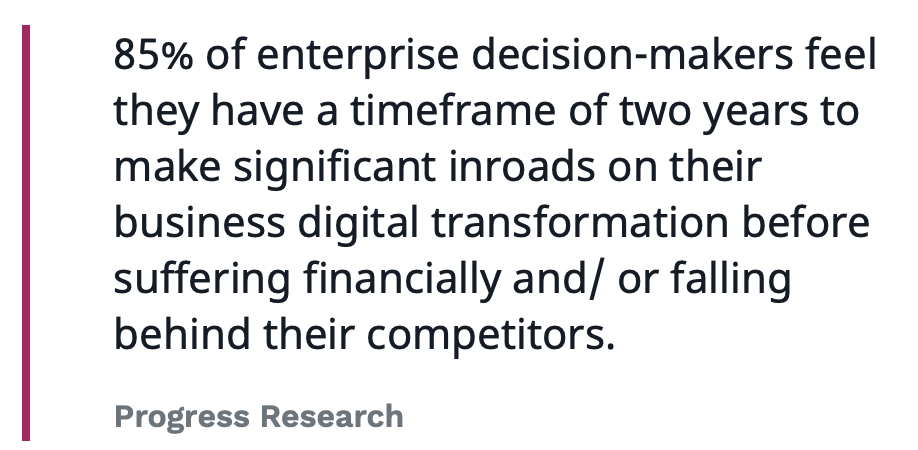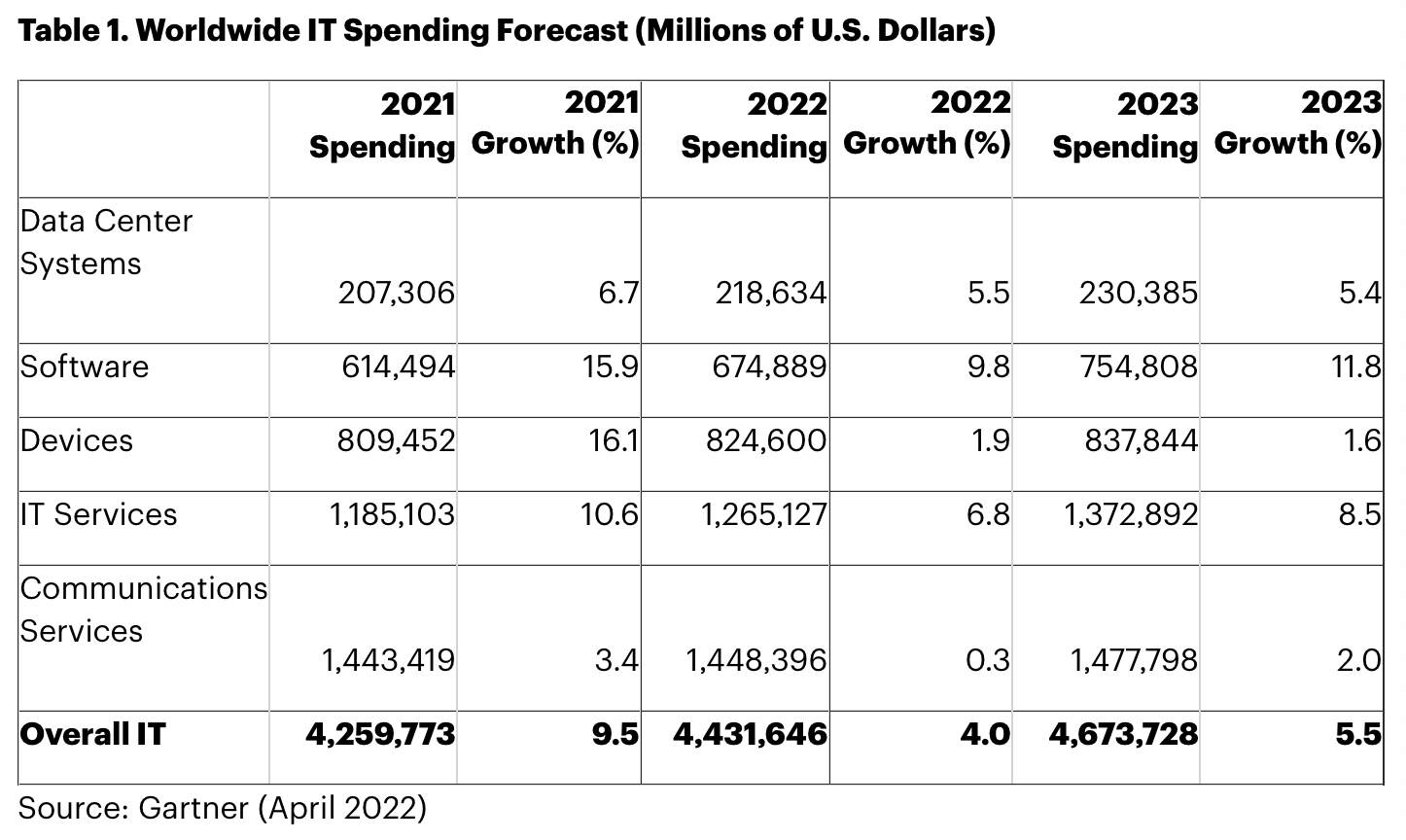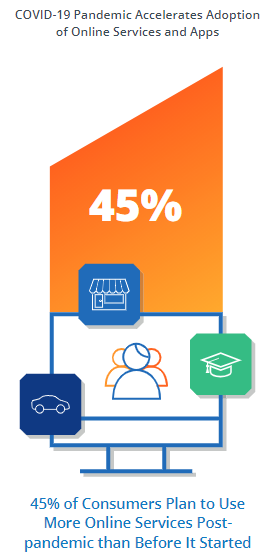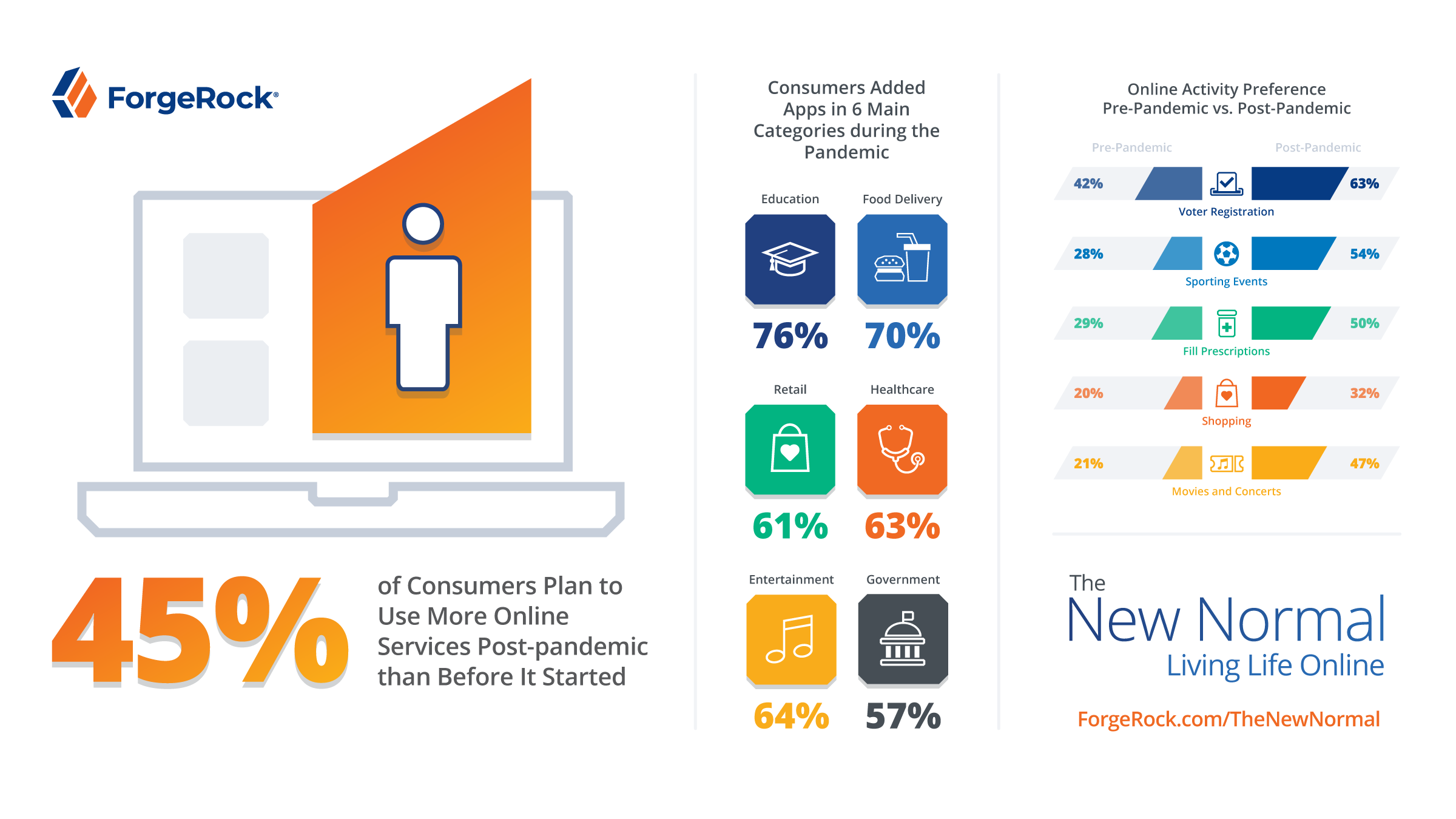Emerging technologies that are reshaping the Digital World
The digital world is constantly evolving, and with each passing day, new technologies emerge that have the potential to reshape the way we live, work, and interact. These emerging technologies, driven by innovation and research, are revolutionizing various aspects of our lives. Below are some of the key technologies that are currently reshaping the digital world and the incredible possibilities they offer.
Artificial Intelligence (AI)
Artificial Intelligence, or AI, is a branch of computer science that focuses on the development of intelligent machines capable of performing tasks that typically require human intelligence. AI systems can learn, reason, and adapt, enabling them to process vast amounts of data and make intelligent decisions.
- Applications in the Digital World: AI has found numerous applications in the digital world, transforming various industries. In e-commerce, AI-powered recommendation systems analyze customer preferences and behavior to provide personalized product suggestions. AI also plays a significant role in healthcare, where it aids in diagnosis, drug discovery, and personalized medicine. Additionally, AI is revolutionizing customer service, data analysis, and cybersecurity, among many other fields.
AInternet of Things (IoT)
The Internet of Things, or IoT, refers to the network of physical devices embedded with sensors, software, and connectivity that enables them to collect and exchange data. These interconnected devices can communicate with each other and perform tasks without human intervention.
- Impact on the Digital World: The IoT has brought about a new era of connectivity, where everyday objects, from household appliances to industrial machinery, are interconnected. This technology has immense potential in areas such as smart homes, smart cities, and industrial automation. With IoT devices, individuals can remotely control and monitor their homes, while businesses can optimize operations, increase efficiency, and gather valuable data for analysis.
ABlockchain Technology
Blockchain technology is a decentralized, distributed ledger system that securely records and verifies transactions. It enables participants to make peer-to-peer transactions without the need for intermediaries, providing transparency, immutability, and security.
- Applications in the Digital World: Blockchain technology has gained significant attention due to its potential to revolutionize various industries. In finance, blockchain enables secure and transparent transactions, reducing the need for intermediaries like banks. It also finds applications in supply chain management, healthcare, voting systems, and intellectual property protection. By eliminating intermediaries and ensuring data integrity, blockchain technology is reshaping the digital world’s trust and security landscape.
Augmented Reality (AR) and Virtual Reality (VR)
Augmented Reality (AR) is a technology that overlays digital information, such as images and sounds, onto the real world. Virtual Reality (VR), on the other hand, immerses users in a simulated environment through the use of headsets and controllers.
- Influence on the Digital World: AR and VR technologies are transforming various industries, including gaming, entertainment, education, and healthcare. AR enhances user experiences by providing additional information and interactivity in real-time. VR, on the other hand, transports users to virtual worlds, enabling them to explore and interact with digital environments. These technologies offer new possibilities for training simulations, virtual travel experiences, immersive storytelling, and collaborative work environments.
5G Technology
5G technology is the fifth generation of wireless communication technology, offering significantly faster data transfer speeds, lower latency, and increased network capacity compared to its predecessors.
- Transforming the Digital World: 5G technology is a game-changer in the digital world, enabling faster and more reliable connections. It paves the way for innovations such as autonomous vehicles, smart cities, and the Internet of Things. With its low latency and high bandwidth, 5G technology has the potential to revolutionize industries like healthcare, transportation, and manufacturing.
Conclusion
The digital world is experiencing a rapid transformation driven by emerging technologies. Artificial Intelligence, the Internet of Things, Blockchain, Augmented Reality, Virtual Reality, and 5G are just a few examples of technologies reshaping our lives. These advancements offer unprecedented possibilities, revolutionizing industries, improving connectivity, and enhancing user experiences. As these technologies continue to evolve, they hold the potential to reshape our digital future. The adoption of these technologies often requires human expertise for implementation, management, and maintenance. At Xorlogics we have a strong understanding of business needs and technology. Contact us for your next digital project !





